
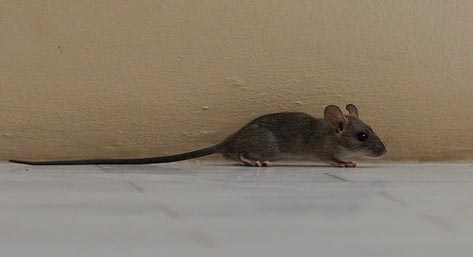
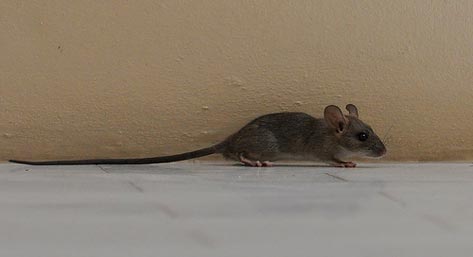
The use of poisons as a way to eliminate a rodent infestation is an ongoing concern for pet owners, but cats are especially at risk of an accidental and possibly fatal ingestion. Whether in the home or at a boarding facility, the use of potentially lethal pest control methods is a seriously safety consideration for the wellbeing of the pet. However, there are greener alternatives.
First let’s look at some of the more common types of rodenticides used, all of which are potentially lethal to cats.
Bromethalin
Can poison your pet through direct ingestion. Secondary poisoning is another concern, whereby your cat ingests a poisoned rodent.
Hypercalcemic Agents (Vitamin D)
Also known as cholecalciferol, this substance is commonly used in rodenticides. A cat’s diet high in vitamin D can also cause toxicity.
Strychnine
Commonly used both inside the home and by landscapers to eliminate pests. If a cat ingests this highly toxic substance, sudden death will be the most likely result.
Zinc Phosphide
Is commonly found in both pesticides and rodenticides. Your cat might be attracted to the flavor added to this toxin to make it more appealing to pests.
Despite the challenges of using pest control alternatives to poison, there are options for greener pest control – both for consumer and commercial use. In fact, because boarding facilities such as catteries service a large number of animals, using pest control alternatives are not only a secondary option, they are often a necessity – especially if the boarding facility is situated in a protected agricultural zone.
A Country Cat House is a good example of this. Located in a wellfield protection zone in south Florida, A Country Cat House is restricted from using pesticides and chemicals on the property by law. And yet despite this, Josie the manager has maintained her cattery pest-free for over 20 years using green-only methods.
Here, helpful and possibly life-saving tips and alternatives to using toxins for rodent elimination from Josie and her staff.
Simple Housekeeping
Borrowing the adage of “an ounce of prevention…” means simply to keep the place clean. Accumulated or poorly closed garbage will invariably attract vermin. But by keeping food containers sealed, taking trash out regularly and maintaining tidiness, rodents and other pests will look elsewhere for food.
The Humane Mouse Trap
If pests have already become a problem, no-kill traps are readily available online, and at participating retailers. No-kill traps have many benefits over using toxins for pest control. Besides being safe to use in homes where there are small children, no-kill traps remove the danger of your cat accidentally ingesting or biting a poisoned rodent. Humane mousetraps are also reusable; making them both a greener alternative to producing excess waste, and more economical in the long run should one need to trap another pest. Try using peanut butter as bait.
Trap and Release Programs
The caught rodent can be released into a wooded area or someplace far from the trap site. Another alternative is to contact a wildlife control organization. Besides rodents, wildlife organizations can also humanely evict other pests, such as opossums and raccoons. Conducting a search either online or in a business directory using keywords such as, “no-kill pest control” and “humane trap and release,” will provide up a comprehensive listing of participating local organizations and companies.The Humane Society of the United States can also assist in finding a wildlife control company that uses humane practices.
Pest control doesn’t have to be toxic to you, the environment, or your cat. Many eco-friendly and humane alternatives are available that are safe to use whether your cat is home, or housed in a boarding facility. Simple, tidy upkeep prevent pests from becoming a problem and no-kill methods can eradicate the problem while minimizing your cat’s exposure to potentially fatal poisons.
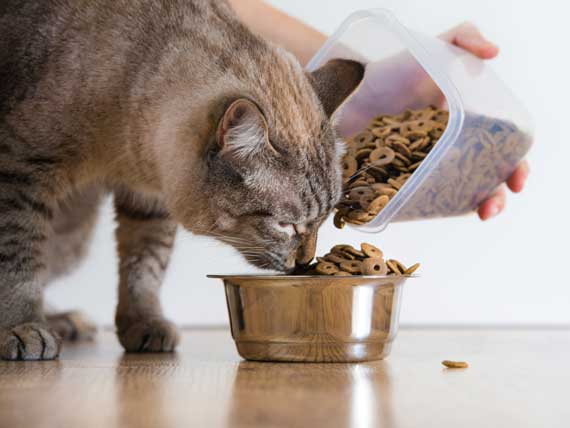 5 Things that Could Help Prevent Cat Food Recalls Today
By Lorie Huston, DVM
The l
5 Things that Could Help Prevent Cat Food Recalls Today
By Lorie Huston, DVM
The l
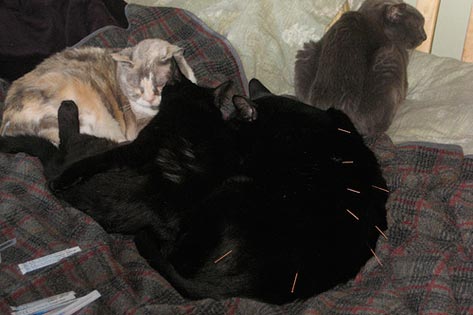 Acupuncture for Cats
The Holistic Science Behind Acupuncture for Pe
Acupuncture for Cats
The Holistic Science Behind Acupuncture for Pe
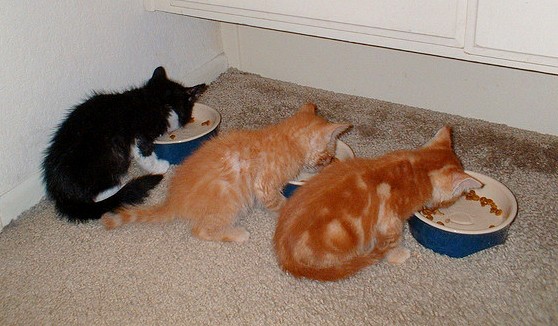 The Right Foods for Kittens
Kittens need certain nutrients to grow str
The Right Foods for Kittens
Kittens need certain nutrients to grow str
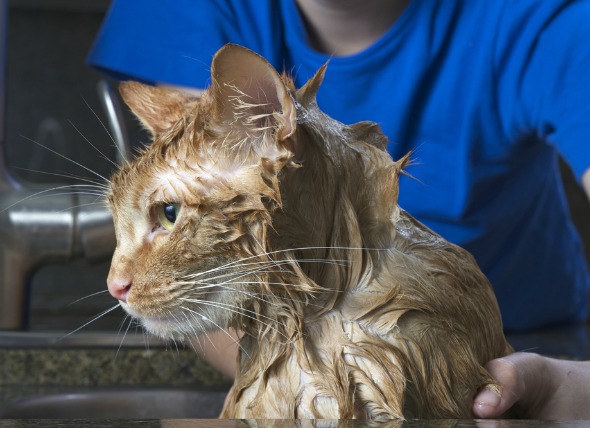 10 Ways to Stop Ticks from Biting Your Cat
By Jennifer Kvamme, DVM
Removing ticks is undoubte
10 Ways to Stop Ticks from Biting Your Cat
By Jennifer Kvamme, DVM
Removing ticks is undoubte
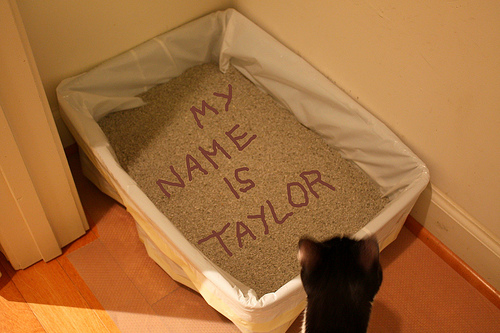 Keeping Odor Away With a Clean Litter Box
If you can count you
Keeping Odor Away With a Clean Litter Box
If you can count you
Copyright © 2005-2016 Pet Information All Rights Reserved
Contact us: www162date@outlook.com